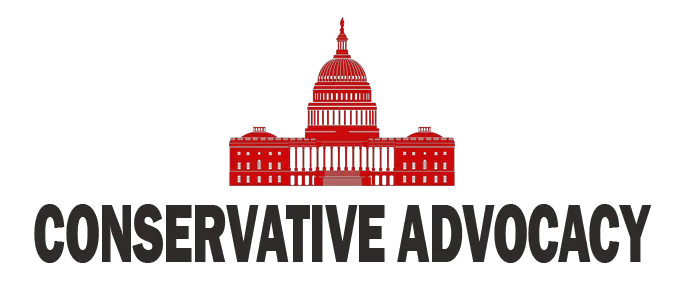In recent discussions surrounding U.S. foreign policy, particularly regarding Iran, there has been a notable emphasis on the seriousness of the situation. Retired General H.R. McMaster, a senior fellow at the Hoover Institution and an advisor during former President Donald Trump’s first term, shared valuable insights on the persistent threat posed by the Iranian regime. McMaster stressed that, for Trump, the decision to employ military force isn’t made lightly—it is reserved for moments when it becomes absolutely necessary to protect American interests and allies.
The general highlighted that the pressing challenge America faces today stems from Iran’s ongoing pursuit of destructive weapons. This is a regime that has a long history of engaging in proxy warfare, aiming to destabilize not just its immediate region but also posing risks to broader global security. Trump’s careful handling of this situation is indicative of his understanding that the stakes are high and the implications are significant. The desire for a focused approach—one that prioritizes blocking Iran’s access to nuclear weapons—is currently at the forefront of discussions among national security officials.
In contemplating the potential for military action, Trump appears to be weighing the logical next steps. He requests clarity around the nature of the threat and what actions might best mitigate it. The general believes that the administration’s goal is clear: to prevent Iran from continuing its ballistic missile programs, which threaten Israel and potentially other nations. U.S. leadership in this matter appears committed to ensuring that Iran doesn’t exploit loopholes to enhance its military capabilities further.
Despite the tense atmosphere, the question of how close Iran is to developing a nuclear weapon often looms large. Some have compared the current intelligence assessments with the lead-up to the Iraq War, where information was used to justify military intervention. A key difference, as noted by experts, lies in the blatant evidence of Iran’s activities over recent months. The enrichment levels at the Fordo underground site are alarming, ramping up from 20% to 60%, indicating a push toward developing weapon-grade uranium. This hard data contrasts sharply with the narratives often used in earlier conflicts.
The mention of Iran’s transparency-or—or lack thereof—further cements the regime’s reputation as untrustworthy. Many experts have pointed out that there are multiple nations with civilian nuclear programs that manage to do so without engaging in enrichment. This raises questions about Iran’s true intentions, which seem to lean towards weaponization rather than peaceful energy development. As Trump and his national security team continue to scrutinize the situation, the focus remains on ensuring that American safety and that of its allies are of utmost priority.
As the story unfolds, it will be crucial for the Trump administration to make clear decisions based on concrete evidence and strategic thinking. With a weekend of deliberations ahead, all eyes will be on how the administration responds to Iran’s provocations and what course of action is ultimately chosen to thwart any progress towards a nuclear weapon. The world watches closely, knowing that the echoes of history often remind us of the costs of inaction when dealing with formidable foes.




